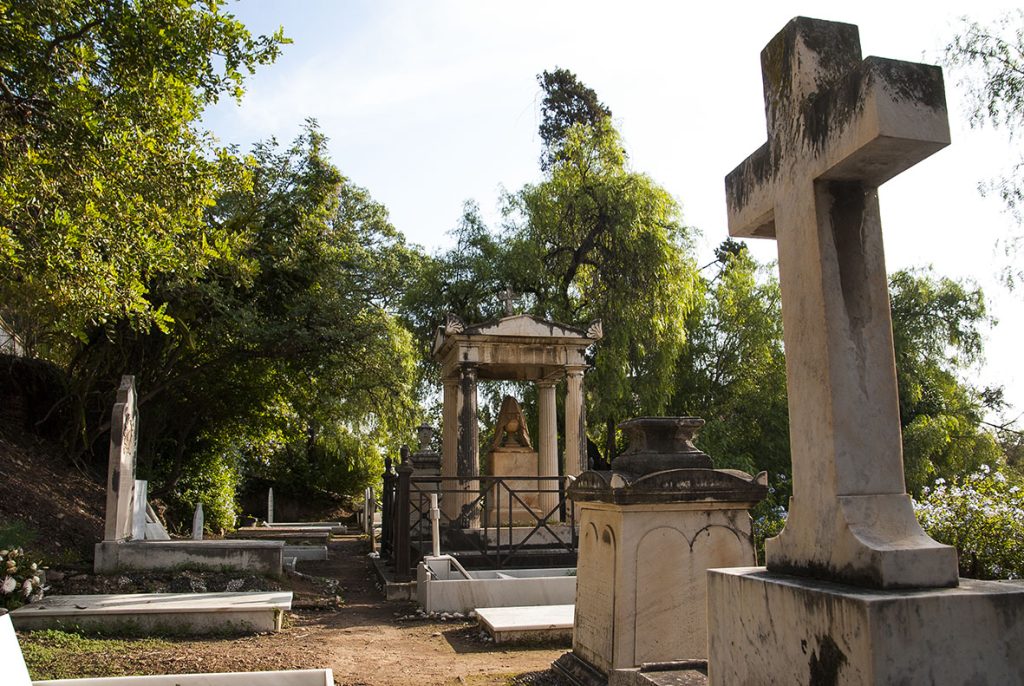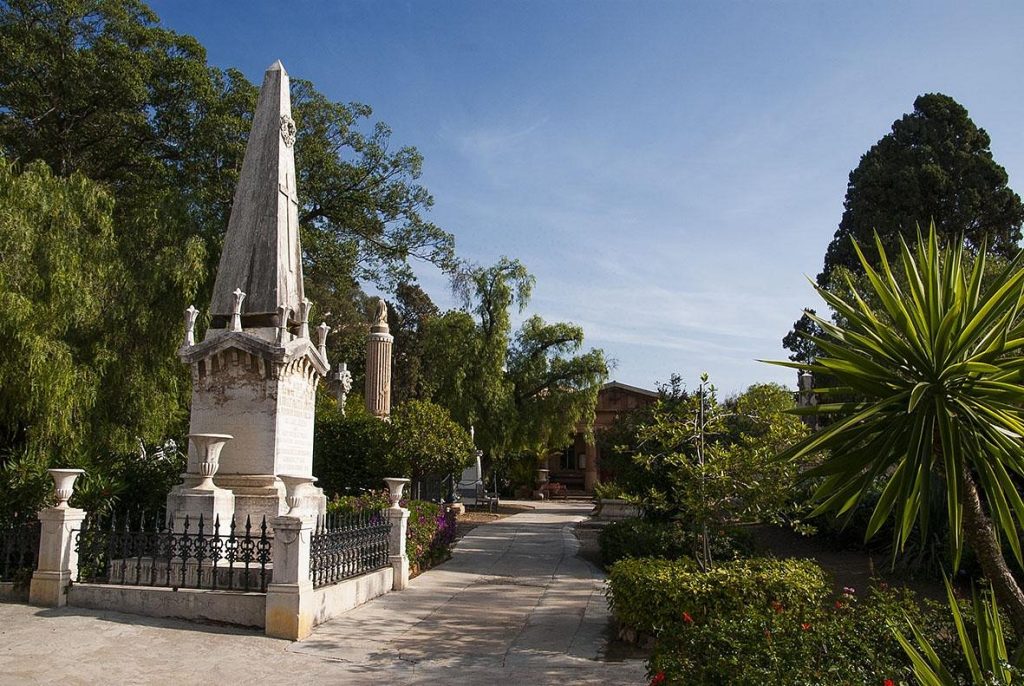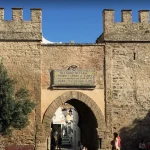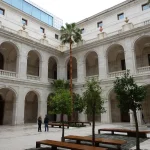The English Cemetery Malaga
One of the lesser known places to visit in Malaga is The English Cemetery Malaga. It has a long and unique history within the city of Malaga. In this post, we take a look at this facinating historic attraction and its interesting historical past.
The English Cemetery in Malaga, also known as the Anglican Cemetery or Cemetery of St George, is the oldest non-Roman Catholic Christian cemetery established on mainland Spain. It is a beautiful, monumental garden, offering key insights into the 19th and 20th century history of a cosmopolitan city, open to the world. Since the Cemetery is very close to the historic centre of Malaga, it is well worth adding to your itinerary.
History of the English Cemetery Málaga
The English Cemetery Malaga, where St George’s Church stands, is the result of the inspiration and concern of William Mark who was British Consul in Malaga from 1824 until 1836. In the eight years he had lived in Malaga before his appointment as Consul, he had looked “with great disgust” on the way Protestants had to be buried on the sea shore at dead of night, This is because those who professed a creed other than Catholicism could not be buried in consecrated ground, namely in the parish churches, monasteries and cemeteries of Malaga.
Due to his persistent efforts, Mark was finally given permission to create a permanent cemetery on the Vélez road outside the walls of the city. This was thanks to the Royal Order of Ferdinand VII, issued on 11 April 1830. The cemetery was initially established in 1831. In 1787, Carlos III through a Royal Decree prohibited intramural burials in all towns and cities in Spain, including inside churches and parish spaces.
During the years immediately after 1830, the cemetery was greatly extended. Between 1839–40 a “lodge temple” was built in classical style with a small chapel and incorporating the cemetery guard’s dwelling. With its fine Doric columns, this structure was adapted and enlarged in 1890–91 to become the present St George’s Anglican Church. In 1856, a gatehouse was constructed in Gothic style at the entrance to the cemetery.

Location of the English Cemetery
The English Cemetery lies on a hillside very near the historic center of Malaga. Its address is Avenida Pries, 1, Málaga. Although the cemetry is within walking distance from Malaga old town, it may be advisable to take a taxi or bus in hot weather. The distance from the Roman Theatre / Alcazaba to the English Cemetery is around 1 km.
Since the English cemetery is close to the centre of Malaga, you can visit after seeing the alcazaba of Malaga cathedral. I think personally, the English cemetery has gained more interest lately as a unique Malaga attraction.
Visiting the English Cemetery
The cemetery is open to visitors from Monday to Friday from 09:00 to 15:00,. On weekends you can visit on Saturday and Sunday from 10:30 to 15:00. Since the English Cemetery Malaga is open daily, you can visit the oldest Protestant burial place on mainland Spain any day of the week. Once you arecthere you can admire its lovely gardens and discover fascinating facts about the international history of Malaga.
To get to the English Cemetery Malaga, you can take a bus or taxi from the city center. The cemetery is located near several bus stops, including those for lines 3, 11, and 32. Alternatively, you can drive or walk to the cemetery if you are staying nearby.
When visiting the cemetery, be sure to take a guided tour to learn more about its history and notable burials. You can also explore the lovely gardens and take in the peaceful atmosphere of this historic site.

The Foundation
The English Cemetery Malaga Foundation invites you to visit this fascinating historic garden and to discover its mysteries. They would like to thank you for helping them preserve it for future generations. You can also make donations to help preserve and maintain this historic site for the enjoyment of future generations.
Notable Burials at the Cemetery
More than 1000 people are buried within its 8,000 square meters. The majority, including its founder, are British but there are also Spanish and Americans, Danes and Swedes among other nationalities.
Some notable burials at the English Cemetery Malaga include William Mark (1792-1867). He was a British consul who was instrumental in establishing the cemetery; Robert Boyd (1805-1831), an Irish soldier who fought for Spanish independence; and Jorge Guillén (1893-1984), a Spanish poet and member of the Generation of ’27.
Conclusion
The English Cemetery Malaga may not be an attraction on top of everybody’s list of things to do. However, there will be people that will be interested in its unique history. The English Cemetery Malaga is a nice place to explore, and well worth a visit.







